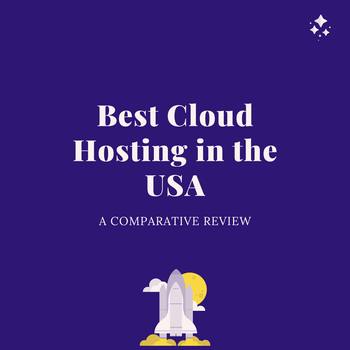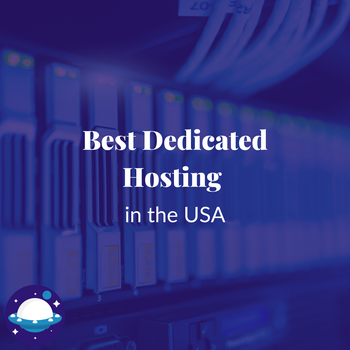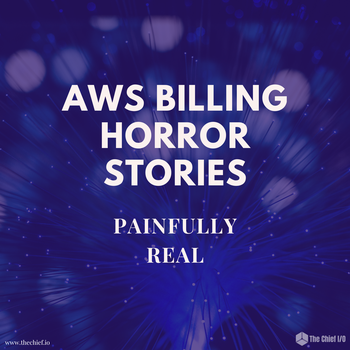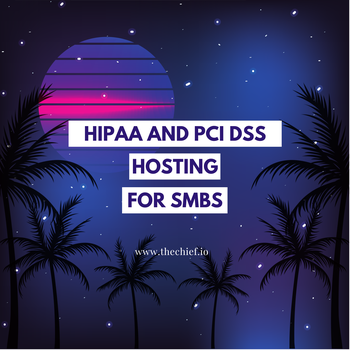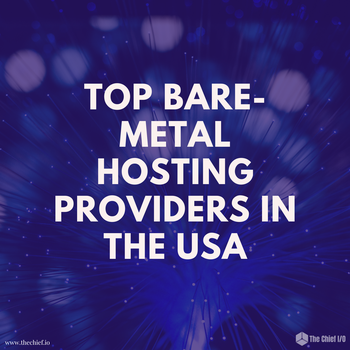What You Should Know About Serverless Databases
in Serverless

Serverless databases are used by organizations that are either fully transitioned or are still transitioning into the serverless infrastructure. They manage users' data and make scaling easier. This article has discussed how they work, their advantages and disadvantages, and things you should consider when choosing a serverless database for your application.
The concept - serverless systems are built upon, promotes that the organizations have all the functionalities of a server while having to put in little or no effort in managing the said servers. Individuals or organizations that use serverless architecture leave all the commitment of managing the servers to cloud providers.
And just like with all other serverless architecture, serverless databases do not need on-premises actions to be managed. They allow users to store and manage all data necessary for building software or service or applications without needing baremetal servers or virtual machines.
Companies that have workloads whose intensity is otherwise unpredictable would benefit the most from operating with a serverless database. It would reduce the effort needed in creating a server to manage extensive data and eliminate the cost of having a sizeable server-based database when the workload is little. And with cloud services, users have to pay only for what they use.
Serverless databases are not a new service, and some cloud providers offer them. DynamoDB is a NoSQL cloud-native database, fully managed and supported by AWS. It uses an HTTPS API, and users do not have to worry about connections.
Google offers the Google store cloud and the NoSQL option Firebase real-time database. Other serverless databases include FaunaDB, MongoDB's Atlas (Db-as-a-Service tool), Aurora Serverless, and also Amazon.
How serverless databases work
Since serverless computing solves the need of anyone with a cumbersome physical server, it would be almost insignificant if the needed database for the application being built is restricted to one location.
A serverless database is built based on the same principles that a distributed system operates on. They avoid the instances of single-point failures. Serverless databases exist in such a manner that if one operation in one region fails, the available region takes up operations. A core design of these databases is scalable availability, giving room for failure to occur.
The databases are designed to scale on the demand of the workload. When there's no workload, operations are not running, and when there's a huge workload, operations scale to accommodate them. It powers up on demand in 4 seconds or less and starts processing necessary tasks.
ACID transactions are fully supported on serverless databases. They classify sequence and schedule functionality in the data layer above the stored data system to do this. The purpose of this is to ensure that availability is not provided at the expense of accuracy.
All queries the product consumers send in are first classified before interacting with the stored data. This prevents mix-up in system nodes when more than one process is to be handled simultaneously. This also allows for the possibility of scaling operations while ensuring the accuracy of complex operations.
Pros and cons of using a serverless database
All technology has sides to it that they need to improve on. There are pitfalls to serverless computing, and there are also downsides to serverless databases considering that they're relatively new technologies operating in a customized way to meet the Serverless paradigms requirements. But before we discuss that, let's discuss the advantages that make it a fast-rising option for engineers and developers.
Improved productivity
Productivity is improved in work environments when a cumulative series of undertakings are performed to reduce the effort needed to provide value. In this piece released by Google in their build with Google series, they highlighted how serverless architecture improves productivity by reducing workloads. Applying this to serverless databases can make operations cover more grounds when the effort needed to manage database servers is put in other areas. This increased productivity is noticed when there is less effort needed in the following areas.
- Straight forward operations - organizations do not need multiple infrastructures when managing databases, and they also require fewer professionals as these can all be managed by the service provider.
- Automatic scaling - less effort is expended when organizations need to scale operations for tasks, which is left for the cloud provider.
Reduced cost of operations
Organizations or individuals building their applications with serverless architecture only have to pay as much as they use. When the databases have completed all tasks, they can shut it down and do not have to incur the cost of keeping the servers on. The cost of owning a host server has been removed. The cost also of human labour needed to manage these data manually is also significantly reduced.
Now that we have discussed the advantages let's take a look at the cons
Wake-up time
Serverless database systems, when they are not in use, shut down. This means that every time they have to run a task, they take a little time to start up the system. This could affect the speed of operations. However, cold starts are a necessary limitation to reduce the cost that would have been incurred by keeping the systems running. In many cases, warming up your cluster may solve this problem.
Need for increased security
Public cloud systems are prone to attacks due to the multi-tenant arrangement. The cloud providers try to protect the system, but organizations now have to focus more on security. Users need to deploy advanced monitoring tools to check the systems for loopholes continuously.
Further complicating security, users need to employ the use of third-party tools when debugging as a debugger or regular monitoring tool used with on-premises servers, which would not work with serverless databases. These third-party tools also pose a risk as they might be avenues for attack.
How to choose a serverless database
When choosing a serverless database, there are some factors you should take into consideration. From this tutorial, we culled a few essential factors you should consider when making your choice. They include:
- Data models
- Pricing
- Management type
- Connection model.
Data model
Organizations now have a wide variety of serverless databases to choose from. The data model you should go for would be dependent on the dynamics of your data needs.
SQL/ Relational Databases provide query flexibility, usually at the cost of high performance.
NoSQL databases do not have high query flexibility, but they offer optimal results to real-time queries.
Specific use databases provide customized services like modeling graphs and Elasticsearch.
Pricing
The two types of pricing models available are hourly pay and pay-as-you-use. The pay-as-you-use option is always the preferred option because you only get to pay for the amount of storage you use.
Management type
Fully managed? The essence of using serverless technology is to reduce the effort you need to run your production. When choosing a serverless system, ensure that this base is fully covered.
Connection model
Traditional databases were built to handle multiple connections. This is not always the best with serverless technologies, as too many open connections can harm the performance of the database.
Also, an excellent serverless database should support multiple instances of auto-scaling as this might happen more frequently as organizations grow.
Want to read more on serverless? Check out our list of top ten serverless frameworks in 2021 and our fifty most preferred open source serverless tools.
Get similar stories in your inbox weekly, for free
Share this story:

The Chief I/O
The team behind this website. We help IT leaders, decision-makers and IT professionals understand topics like Distributed Computing, AIOps & Cloud Native
Latest stories
Best Cloud Hosting in the USA
This article explores five notable cloud hosting offers in the USA in a detailed way.
Best Dedicated Hosting in the USA
In this article, we explore 5 of the best dedicated hosting providers in the USA: …
The best tools for bare metal automation that people actually use
Bare metal automation turns slow, error-prone server installs into repeatable, API-driven workflows by combining provisioning, …
HIPAA and PCI DSS Hosting for SMBs: How to Choose the Right Provider
HIPAA protects patient data; PCI DSS protects payment data. Many small and mid-sized businesses now …
The Rise of GPUOps: Where Infrastructure Meets Thermodynamics
GPUs used to be a line item. Now they're the heartbeat of modern infrastructure.
Top Bare-Metal Hosting Providers in the USA
In a cloud-first world, certain workloads still require full control over hardware. High-performance computing, latency-sensitive …
Top 8 Cloud GPU Providers for AI and Machine Learning
As AI and machine learning workloads grow in complexity and scale, the need for powerful, …
How ManageEngine Applications Manager Can Help Overcome Challenges In Kubernetes Monitoring
We tested ManageEngine Applications Manager to monitor different Kubernetes clusters. This post shares our review …
AIOps with Site24x7: Maximizing Efficiency at an Affordable Cost
In this post we'll dive deep into integrating AIOps in your business suing Site24x7 to …
A Review of Zoho ManageEngine
Zoho Corp., formerly known as AdventNet Inc., has established itself as a major player in …

